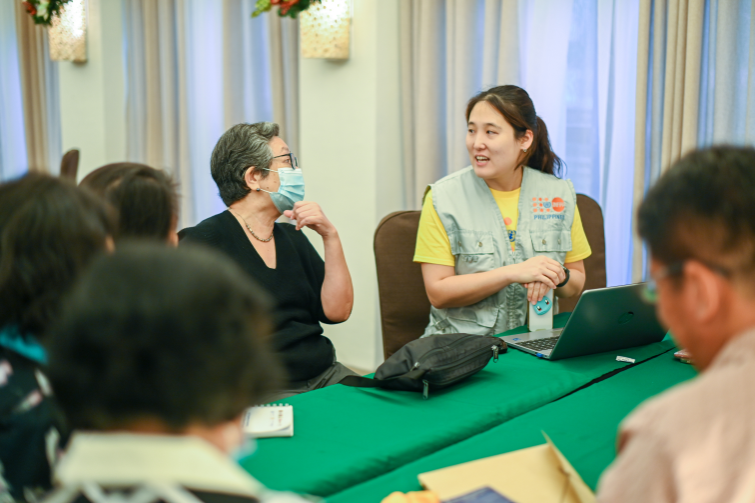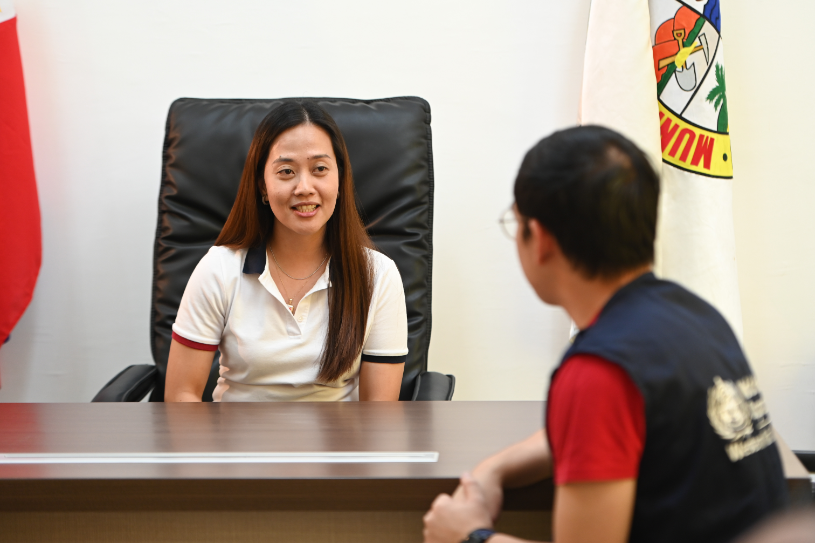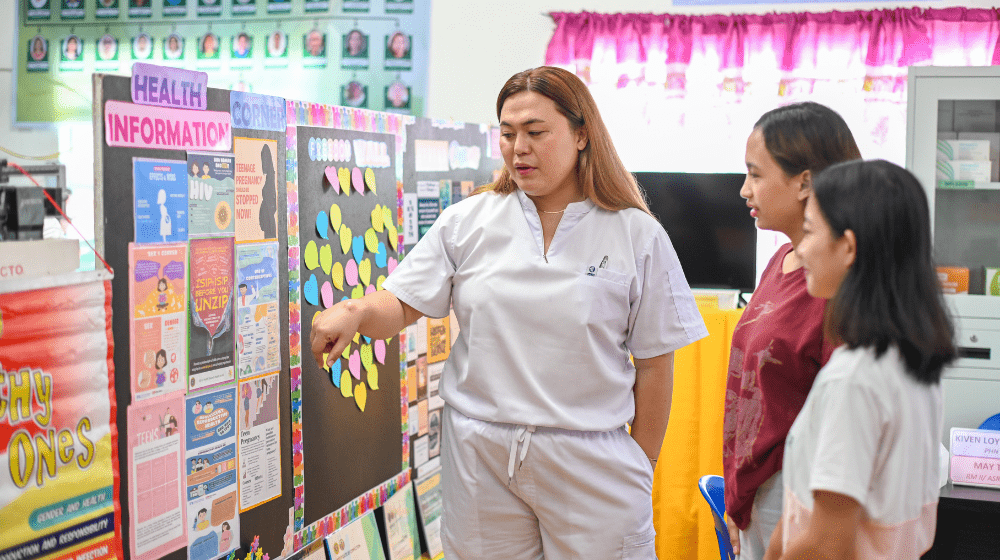Lack of information and access to family planning and sexual and reproductive health education are factors that contribute to early pregnancies among Filipino youth.
Dr. Milagros Bolito of the Department of Health-Eastern Visayas cites alarming statistics in the Eastern Visayas region, where teenage pregnancies are one of the highest in the Philippines,
“One in four young people have engaged in sex before marriage, and 84.1% of first sexual encounters were unprotected.”
An increase in the instances of HIV and sexual abuse was also observed. The Philippine government declared the prevention of adolescent pregnancy a national priority in 2021. In line with this and with the support of the Korea International Cooperation Agency (KOICA), the Joint Programme on Accelerating the Reduction of Adolescent Pregnancy (JPARAP) was launched in 2023 to serve pilot areas in Southern Leyte and Samar.
Jointly implemented by the United Nations Population Fund (UNFPA), the United Nations Children’s Fund (UNICEF), and World Health Organization (WHO) Philippines, JPARAP is built on three pillars: to improve access to quality integrated sexual & reproductive health services; to raise self-awareness among the youth on sexual and reproductive health and rights; and to enhance governance on adolescent sexual and reproductive health.

Mayor Eunice Babalcon of Paranas, Samar said the community must work together for the success of the programme.

JPARAP's initiatives empower healthcare professionals in Adolescent-Friendly Health Centers and Mobile Health Units to provide sensitive and comprehensive care for young people, ensuring their privacy and needs are met. This, in turn, inspires young people to actively participate and lead programmes tackling adolescent pregnancy. Preventing adolescent pregnancy is a daunting challenge — one that can be overcome with the collaboration of concerned agencies, the government, health professionals, and, most importantly, the youth.




